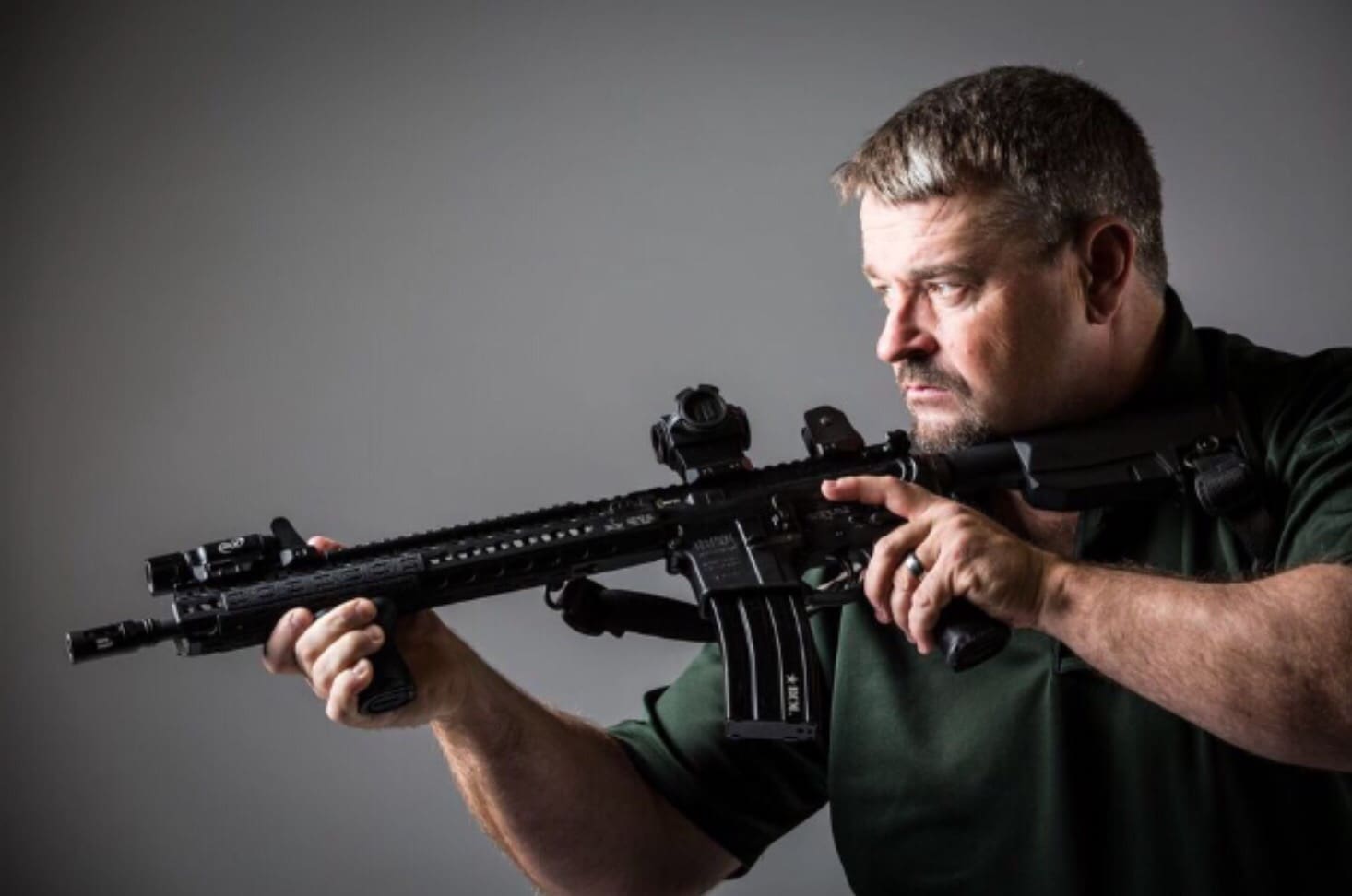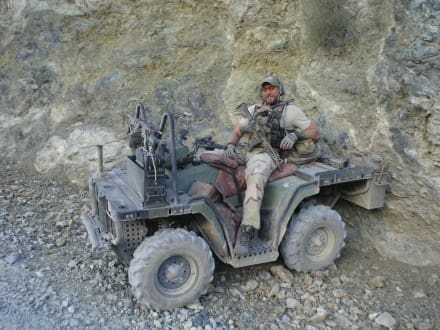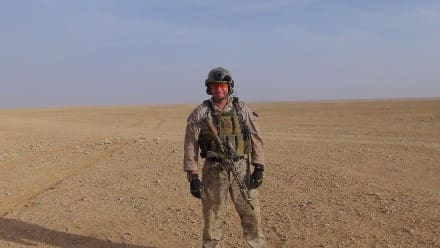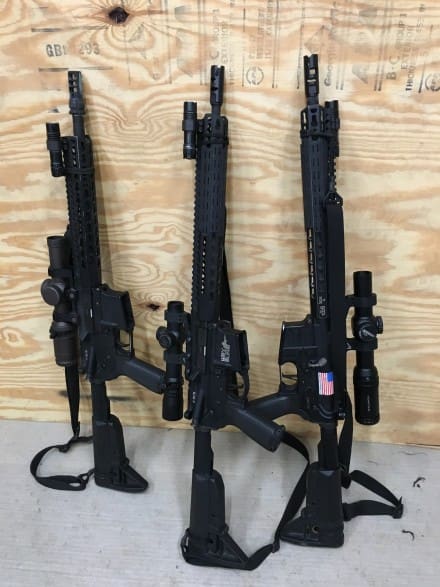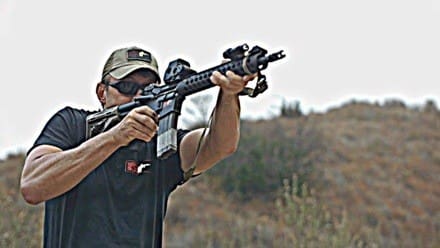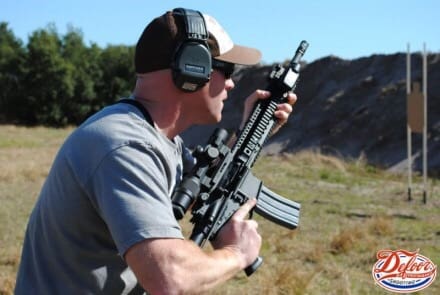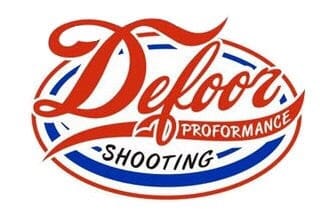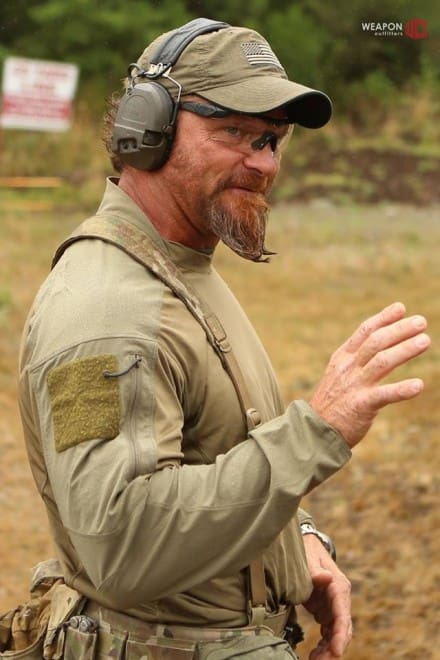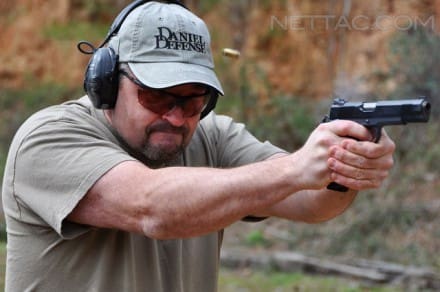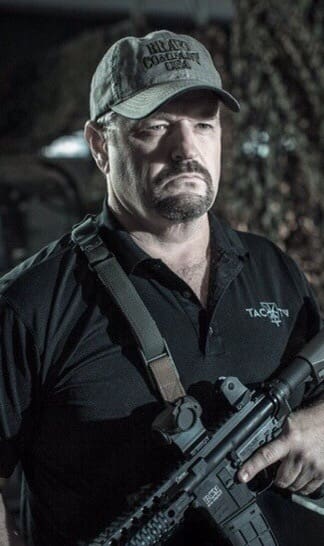I recently returned from a trip to Switzerland and after shooting with some friends I was once again reminded of two things; the AR-15/M4 and Glock handguns absolutely dominate in terms of sheer numbers being used each and everyday on ranges around the world. They are by far the most popular of their type and we live in the best time ever for both weapons. As you can guess I use and recommend BCM carbines as my first choice and for Glocks check out my Vickers Tactical editions available exclusively thru Lipseys. It’s in everyone’s best interest to know these two firearms as they are the industry benchmarks and will be for some time to come.
Be safe and shoot straight.
LAV out.
Larry Vickers
Vickers Tactical Inc.
Host of TacTV
Larry Vickers of Vickers Tactical is a retired US Army 1st SFOD-Delta combat veteran with years of experience in the firearms industry as a combat marksmanship instructor and industry consultant. In recent years he has hosted tactical firearms related TV shows on the Sportsman Channel with the latest being TacTV of which Bravo Company is a presenting sponsor. Larry Vickers special operations background is one of the most unique in the industry today; he has been directly or indirectly involved in the some of the most significant special operations missions of the last quarter century. During Operation Just Cause he participated in Operation Acid Gambit – the rescue of Kurt Muse from Modelo Prison in Panama City, Panama. As a tactics and marksmanship instructor on active duty he helped train special operations personnel that later captured Saddam Hussein and eliminated his sons Uday and Qusay Hussein. In addition he was directly involved in the design and development of the HK416 for Tier One SOF use which was used by Naval Special Warfare personnel to kill Osama Bin Laden. Larry Vickers has developed various small arms accessories with the most notable being his signature sling manufactured by Blue Force Gear and Glock accessories made by Tangodown. In addition he has maintained strong relationships with premium companies within the tactical firearms industry such as BCM, Aimpoint, Black Hills Ammunition, Wilson Combat and Schmidt & Bender.
With over 300,000 subscribers, his Youtube channel features a new firearms video every Friday.
Larry Vickers travels the country conducting combat marksmanship classes for law abiding civilians, law enforcement and military and works with Aztec Training Services to coordinate classes to best meet the needs of the students attending the class.
Gunfighter Moment is a weekly feature brought to you by Bravo Company USA. Bravo Company is home of the Gunfighters, and each week they bring us a different trainer to offer some words of wisdom.


